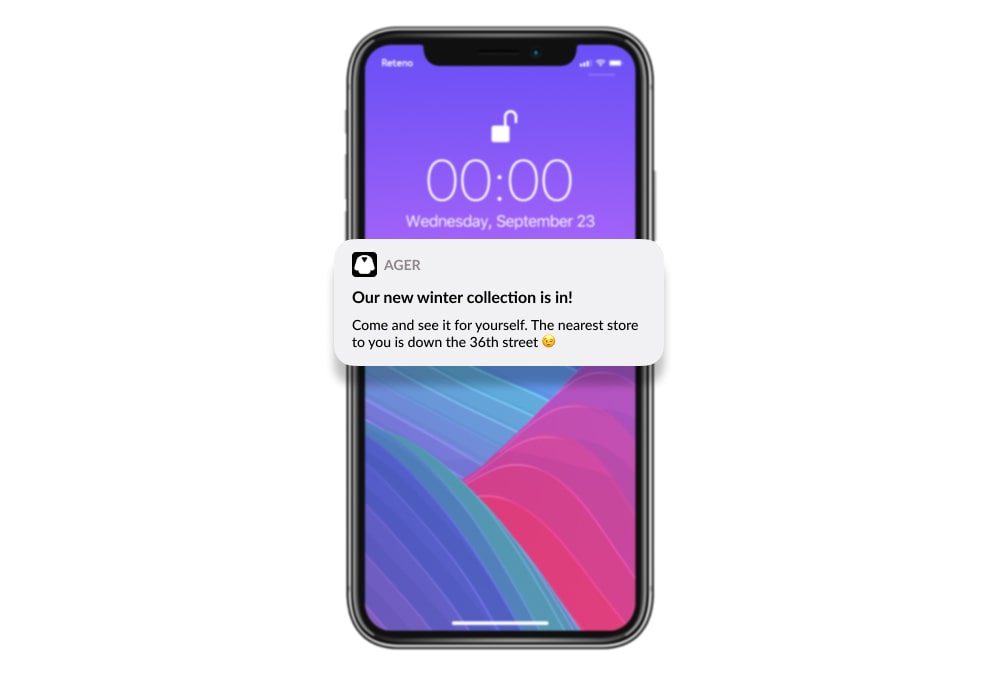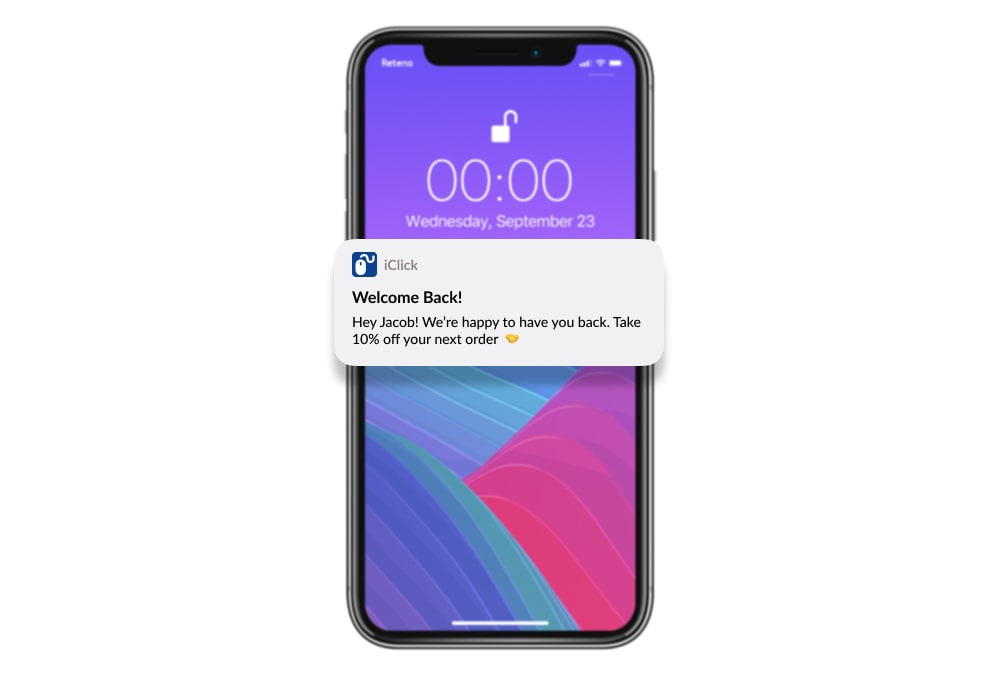User Persona

Expert Writer
August 8, 2025

Expert Writer
August 8, 2025
When teams discuss “the user,” that person is usually a smudge on the whiteboard — vague, faceless, forgettable. A user persona sharpens that smudge into someone you could meet: a person with needs, quirks, frustrations, and dreams. This glossary entry shows how a user persona grounds decisions in evidence, not hunches.
A user persona is your target customer brought vividly to life — a research‑driven sketch that feels more like a conversation than a spreadsheet. It stretches far beyond age or job title, weaving in behaviors, motivations, goals, and everyday context so you can design for a living, breathing human instead of a statistical blip.
When designers and marketers look at the user persona, they see someone they can root for. Features, stories, and journeys suddenly become personal.
Where a buyer persona zooms in on the purchase moment, the user persona stays for the long haul, showing how someone lives with and relies on your product day after day.
A well-crafted user persona will help you rise above the average user. When you write boilerplate copy, you’re wasting money on advertising and alienating real people. Messages that take the user persona into account directly address your audience’s needs, driving engagement. Product teams focusing on the user persona make more informed decisions when planning product development. Analysts can more accurately calculate metrics like churn or purchase frequency. Unlike the traditional buyer persona, the user persona lets you focus on the customer’s experience, context, and long-term value.
A user persona isn’t a throwaway slide — it’s a structured story. Below are the pieces that make it feel real and useful.
Give your user persona a name and a quick personal snapshot — “Sasha, 29, digital native, weekend traveler.” That tiny detail helps teams say “Would Sasha care about this?” instead of defaulting to vague labels.
Start with the basics — age, location, income, education — but don’t slam on the brakes there. Layer in psychographics: core values, daily rituals, and the tiny quirks that make this person unique. These nuances explain not just who your persona is but also why they click that button at 11 p.m. A well‑rounded user persona paints richer colors than any broad‑brush ideal customer profile (ICP) can manage.
If you’re B2B or your product touches professional life, spell out the role, responsibilities, KPIs, and constraints. In SaaS, a user persona that ignores internal decision chains or stakeholder influence is a half-finished sketch.
Pin down what your user persona is chasing: lightning‑fast checkouts, zero support tickets, bigger creative headroom, brag‑worthy progress stats. When goals are crystal‑clear, your roadmap and messaging align with genuine human hopes — no more hazy corporate jargon.
Users face specific problems, such as labyrinthine signup flows, tone‑deaf notifications, or an empty help center at crunch time. Map these friction points along the journey, then craft antidotes that feel like thoughtful favors rather than generic fixes.
Capture patterns and track events: browsing habits, purchase frequency, decision triggers. What prompts action — an abandoned cart, a trial expiration, a new feature launch? These details tell you when and how to engage.
Does your persona answer SMS within minutes but ignore long emails? Do they binge on video tutorials or prefer quick how-to articles? Knowing this keeps your marketing strategy grounded in reality.
Your user persona may be mobile-first or stuck on a corporate desktop with strict security filters. Understanding their tech environment prevents you from building experiences that never reach them.
Drop in a short quote — “I don’t mind paying more if I trust the brand” — to capture their voice. Add a light backstory rooted in actual user research so your user persona feels authentic, not invented in a vacuum.
You don’t “download” a meaningful user persona from a template; you craft it. Here’s how to keep it honest and helpful:
Great personas start with detective work: candid interviews, pulse surveys, chat transcripts, heat maps. Blend complex numbers — time on task, churn spikes, purchase frequency — with the stories behind those stats. The result is a persona that walks and talks like the people you serve.
Group users by shared behaviors and motivations. Intelligent audience segmentation prevents treating everyone alike. Look for jobs to be done, recurring blockers, and UX annoyances.
The goal: a user persona that represents a meaningful, high-impact segment.
Humanize your schematic templates. Describe the user in simple language, use photos and illustrations so that they feel like a real person you can talk to, not like a row in a database.
Your user persona should live in your workflow, not in a forgotten PDF. Hold workshops, embed personas in project management tools, and mention them in stand-ups. Revisit them annually to maintain accuracy.
A user persona isn’t just for UX presentations — put it to work in marketing too.
Use the user persona to choose stories, hooks, and incentives that resonate. A status-seeker won’t bite on the same message as a budget hawk. That alignment amps up relevance and speeds up user acquisition.

Let persona insights shape your roadmap. If “Jane” bails during lengthy sign-up flows, shorten onboarding. If “John” loves measuring progress, spotlight analytics features. The user persona becomes a pragmatic compass for product development.
Persona mapping exposes the high points and the drop-offs. Track churn, reactivation, and purchase frequency by persona to gauge whether your lifecycle marketing works. The user persona gives structure to these metrics, making them easier to act on.

Sales, support, design, and content – focus everything on your user persona to provide a holistic experience.
If your user persona is built purely on internal brainstorming, it’s fiction. Use interviews, analytics, and tests. A data-light user persona breeds feature creep and drains budgets.
Avoid cliches (“Millennial who loves avocado toast”). While a buyer persona may be limited to demographics, a good user persona should consider their aspirations, behavior, and interaction context.
Markets evolve along with competitors, and consumers change. Accordingly, if your persona does not evolve, it ceases to be useful. Review it when you change pricing policies, launch new products, or face a sharp increase in customer churn.
Ten flimsy profiles overwhelm teams, and one bloated persona hides key differences. Start with two or three strong user personas; add more only when data demands it.
Lena, 29, Berlin. She is balancing a full-time job with evening classes, and loves Instagram for inspiration but loathes endless scrolling on store sites. She wants to feel stylish without wasting hours shopping. Her user persona reveals a craving for curated collections, mobile-friendly filters, and lightning-fast checkout. Marketing responds with remarketing ads showcasing complete outfits instead of single items, lifting purchase frequency. Product teams add “buy the look” bundles and AI-driven recommendations, slashing churn from decision fatigue.

Oleh, 35, Kyiv. He wants to get fit but won’t pay for a personal trainer. He’ll use a free tier unless he sees clear value. This user persona shows he thrives on progress streaks, community challenges, and straightforward ROI. Marketing fires off motivating push nudges linked to weekly streaks; UX trims data entry down to a single swipe. To spark user acquisition, the app dangles referral perks, and to keep churn at bay, it sends you a perfectly‑timed nudge before you even think about ghosting. Tracking purchase frequency on in-app add-ons shows when to introduce discounts without eroding perceived value.
A user persona isn’t a vanity document — it’s a strategic tool. Unlike a buyer persona that spotlights only the purchase moment, a user persona fuels every click, scroll, and support ticket. When it shapes messaging, UX, product development, and success metrics, you don’t just build faster — you make smarter and with empathy. Keep your user persona alive — review it, measure against it, and refine it — and you’ll keep your team laser‑focused on real people, not just numbers.

